Demand For Healthcare Workers Is Growing; Supply Is Shrinking
-
-200KDOCTOR SHORTAGE, US
-
-1.3MNURSE SHORTAGE, US
-
+17MINCREASE IN HEALTHCARE USERS OVER AGE 65
The worst-case scenario is where we are today, but with 20 million more older people.
Lisa Gables
CEO, American Academy of Physician Associates
Even with new technology, the supply of caregivers may not be large enough to meet demand. The 65-plus population— which consumes three times more healthcare than younger groups—is on a steep growth curve, from 56 million in 2020 to 73 million by 2030. The educational and training pipeline for healthcare workers is too constricted on the front end, and we are losing too many experienced caregivers to burnout in their prime years.
One major reason is a misaligned education pipeline. In the past 20 years medical schools have increased enrollment by more than half, but there’s been no commensurate increase in residency positions. Changes in government policies and funding will be critical in turning the tide. The vast majority (80%) of residency positions are paid for by Medicare, but Congress has added funding for only 1,000 new positions since 1997, and repeated bills to increase funding have failed. In 2022, there were 39,205 residency positions and 42,549 applicants. If underserved populations begin to use healthcare like higher-income Americans—which we would all like to see—there will be a total deficit of 200,000 doctors in the US in the mid-2030s.
Congress and state governments also have failed to increase funding to train new nurses, while restrictions on immigrants are impacting the supply of foreign-born nurses, who make up about one-sixth of the workforce.
By 2025, the nurse shortage will be as much as 450,000; by 2030 it could be up to 1.3 million. Nurse training programs have for years turned away tens of thousands of qualified applicants due to a lack of faculty and clinical training locations. Physician organizations continue to lobby against the expansion of clinical roles for physician assistants and nurse practitioners in order to preserve higher incomes for doctors.
Nurse practitioners (NPs) are more likely than doctors to practice primary care in underserved areas, particularly rural regions. By 2030, a patient will be twice as likely to see an NP versus a doctor for primary care in a rural setting. In primary care, multiple studies and systematic reviews show that NP and PA patient outcomes are similar or better than care provided by physicians alone; they also lower costs. Already, 26 states and Washington, DC, have passed laws that allow NPs to practice independent of physician supervision. By 2030, more than 40 states will have similar laws, which will help NPs and PAs deliver effective care to more diverse populations, especially those where access to care is a major impediment.
Ninety-nine percent of the reason we can’t get full practice authority passed in all states is because of the physicians.
Maryann Alexander
Chief Officer, Nursing Regulation, National Council of State Boards of Nursing
